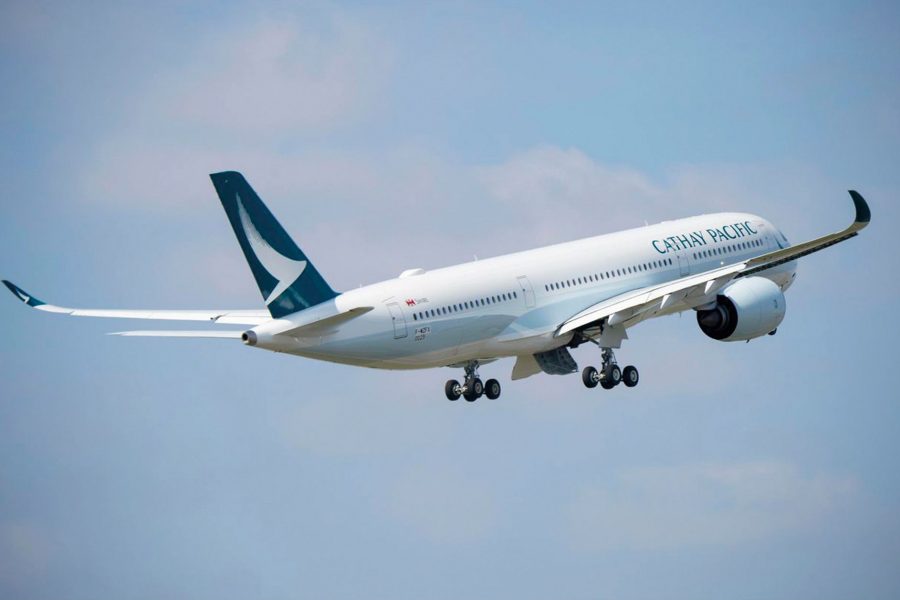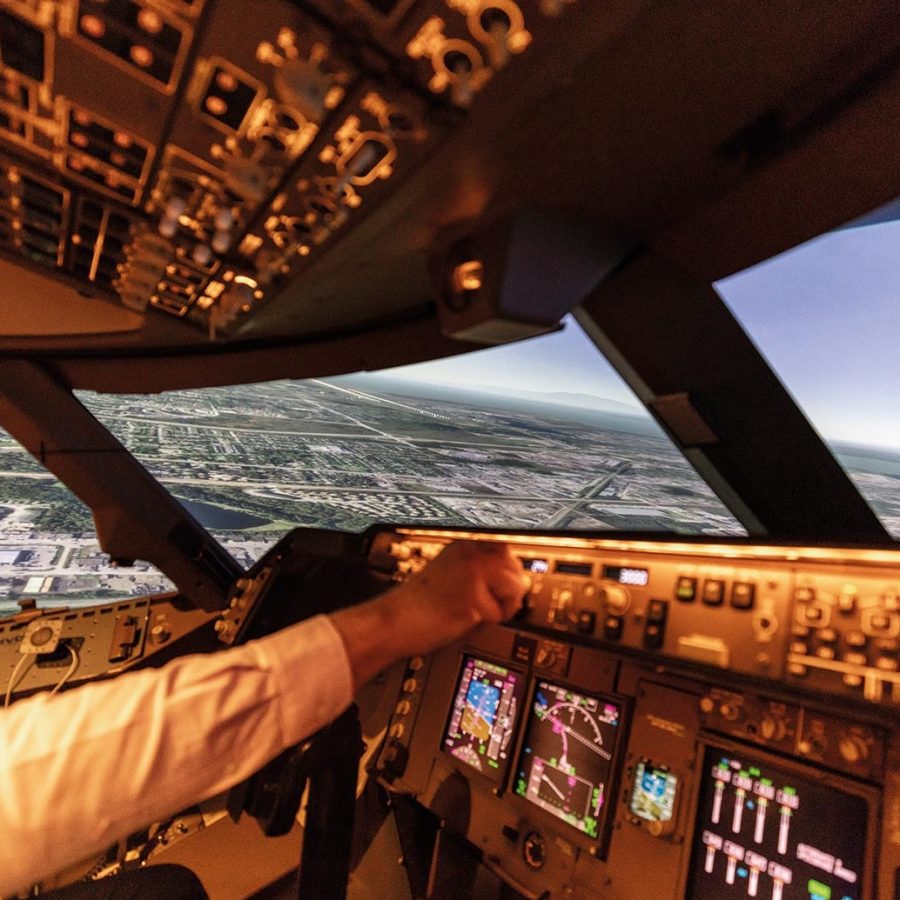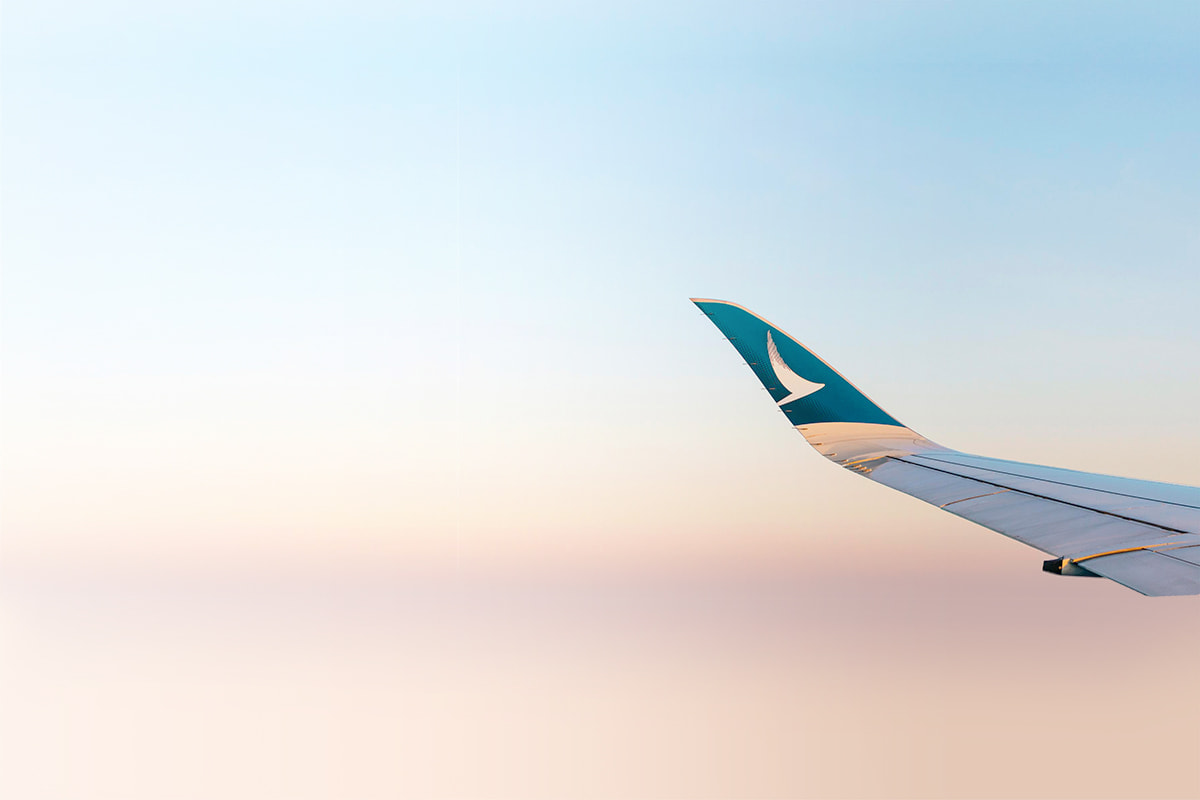A pilot explains the art of the go-around

Seconds from touchdown, you see low-level warehouses, perimeter fencing and plane hangars. But just before the runway appears, you hear the engines roar to full throttle and find yourself soaring upwards in a powerful climb. You’ve just experienced a go-around.
There are lots of reasons for this manoeuvre. Also known as ‘missed approaches’, they happen when either the pilots or air traffic control (ATC) decide conditions are unsuitable for landing. The plane is then given full thrust to climb to a safe altitude before trying again.
Why does it happen? One reason is weather. If the pilots cannot see the runway at the altitude known as the ‘decision height’, they will go around until a rain squall or fog clears.
Another reason is congested air traffic. ‘When the distance between two landing aircraft goes below a certain distance, one aircraft is taken out of the landing sequence by ATC to maintain safe separation,’ explains Captain Peter Hudson. ‘Linked to that, if an aircraft takes too long to clear the runway, we will go around’.
‘A go-around is a standard procedure and we prepare for it as part of our recurring training in the simulator roughly every 90 days, so when it does happen, we know exactly what to do’, says Captain Hudson. ‘They’re one of the more common uncommon events that happen.’

It is a pre-planned process. During the cruise, the flight crew spend time checking that the navigation required for missed approaches is programmed into the flight management computers ahead of time, and pilots discuss how they are going to get in – and out – if necessary.
First priority is to get the aircraft moving. ‘We will generally use maximum thrust, and because the aircraft is fuel-light at the end of a journey, it gathers speed and height very quickly,’ says Captain Hudson. ‘Then we make sure we are navigating the right way and flying to the right altitude before we start to get rid of the drag by retracting the undercarriage and the flaps. Then we start talking with air traffic control to work out how we get back in the landing sequence.’
Most flyers will never experience a go-around – the world’s major airports report an average of one a day. But if you get a strong sense that you’re taking off as you come into land, now you know why.
More inspiration
- China – the Chinese Mainland, Hong Kong SAR, Macao SAR and Taiwan Region
- Hong Kong SAR - English
- Chinese Mainland (China) - English
- Taiwan, China - English
- 香港特別行政區 - 繁體中文
- 中国內地 - 简体中文
- 中國台灣 - 繁體中文
- Africa
- South Africa - English
- Asia
- Bangladesh - English
- Korea - English
- Singapore - English
- Cambodia - English
- 한국 - 한국어
- Sri Lanka - English
- India - English
- Malaysia - English
- Thailand - English
- Indonesia - English
- Maldives - English
- ประเทศไทย - ภาษาไทย
- Indonesia - Bahasa Indonesia
- Myanmar - English
- Vietnam - English
- Japan - English
- Nepal - English
- Việt Nam - tiếng Việt
- 日本 - 日本語
- Philippines - English
- Australasia
- Australia - English
- New Zealand - English





.renditionimage.450.450.jpg)

